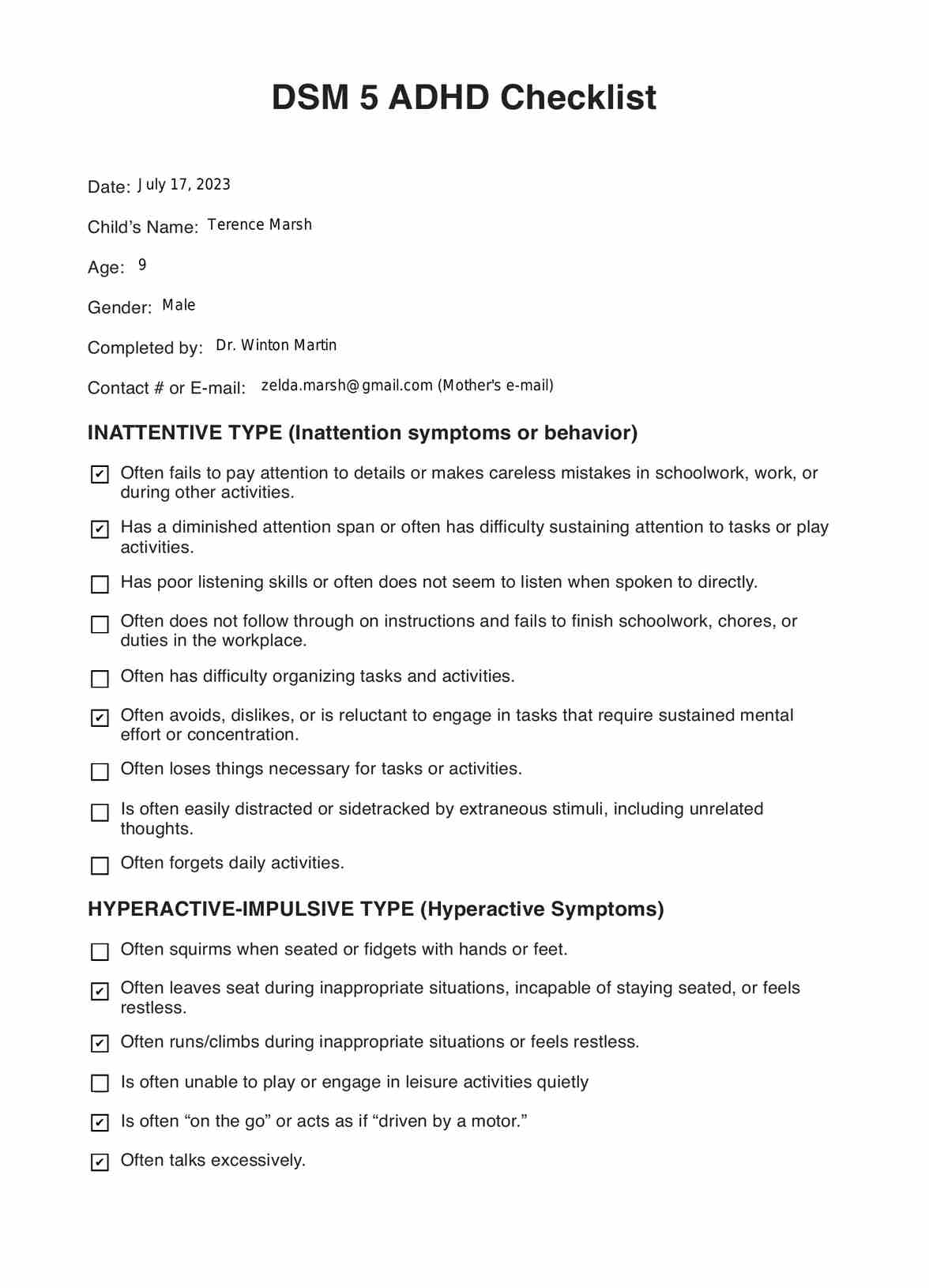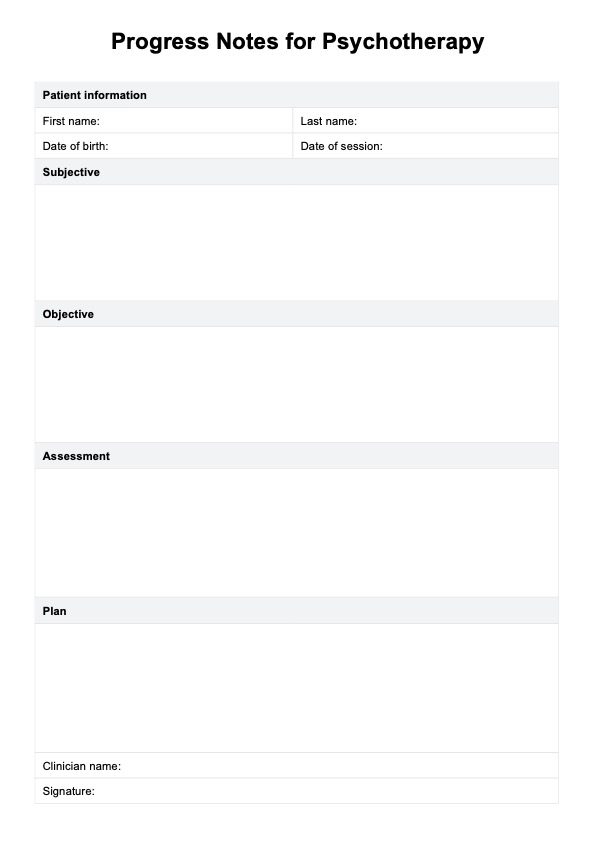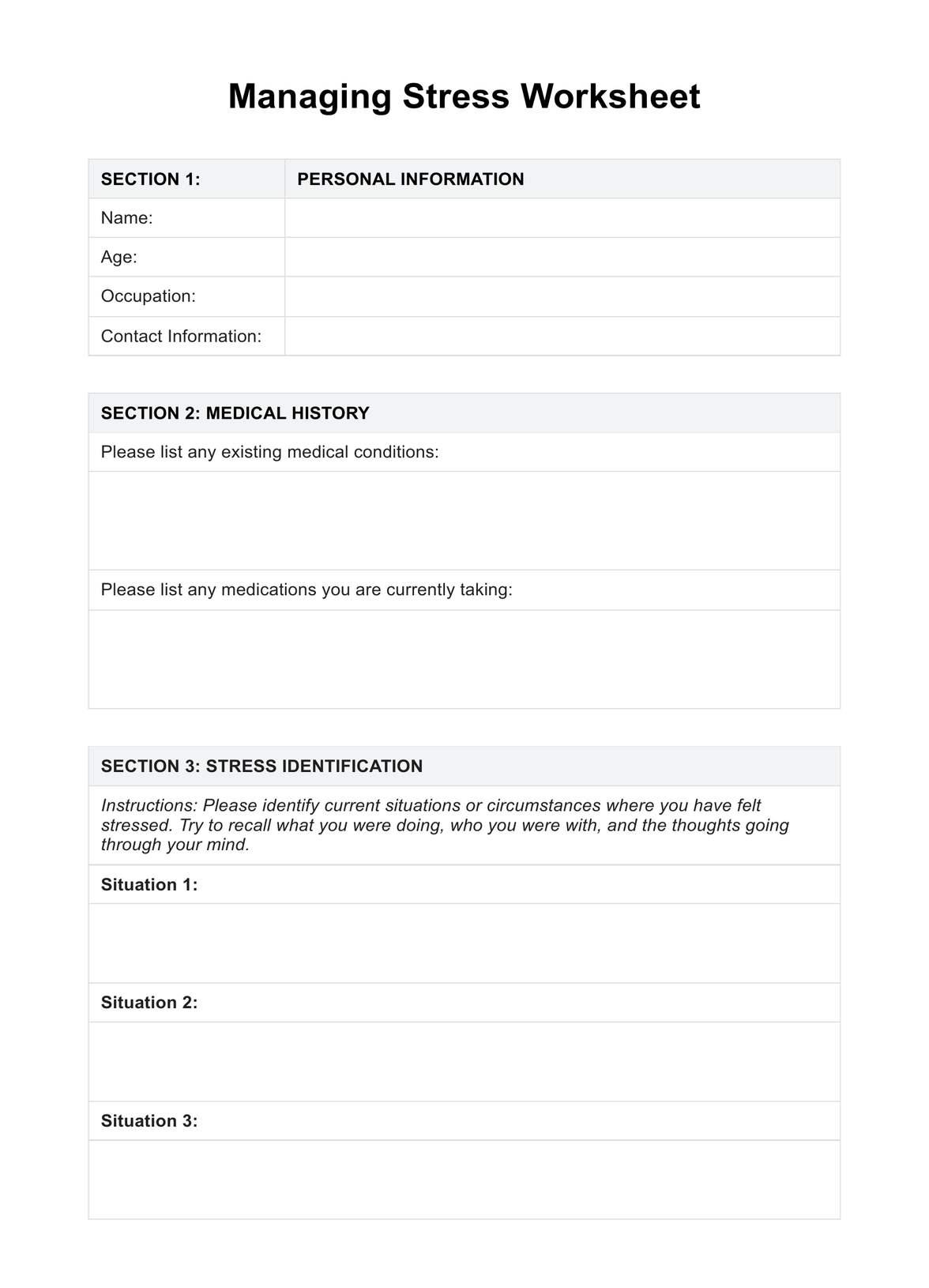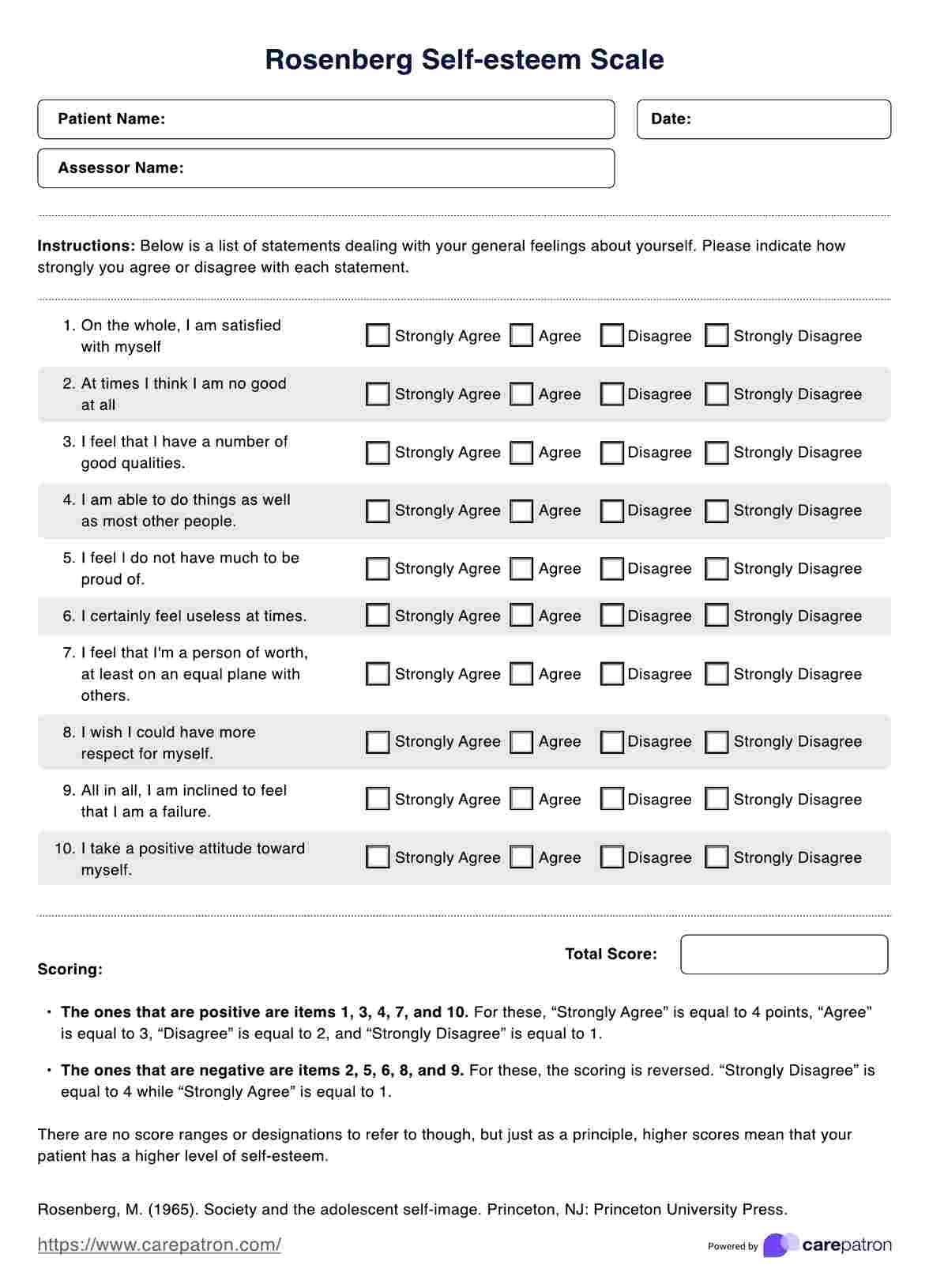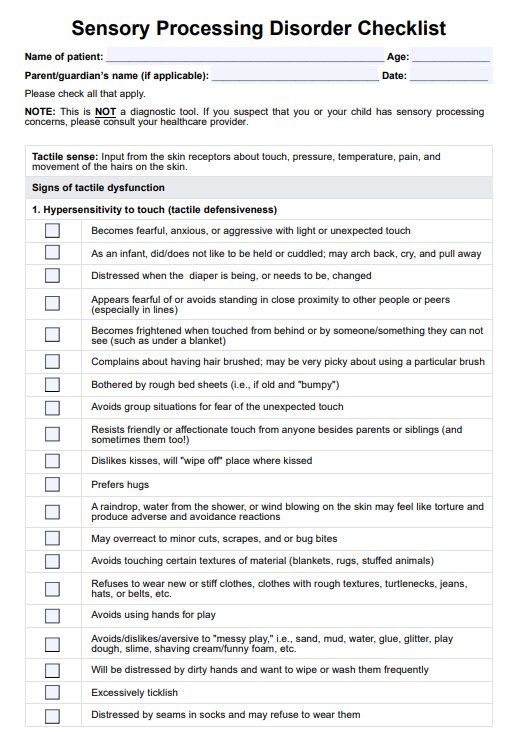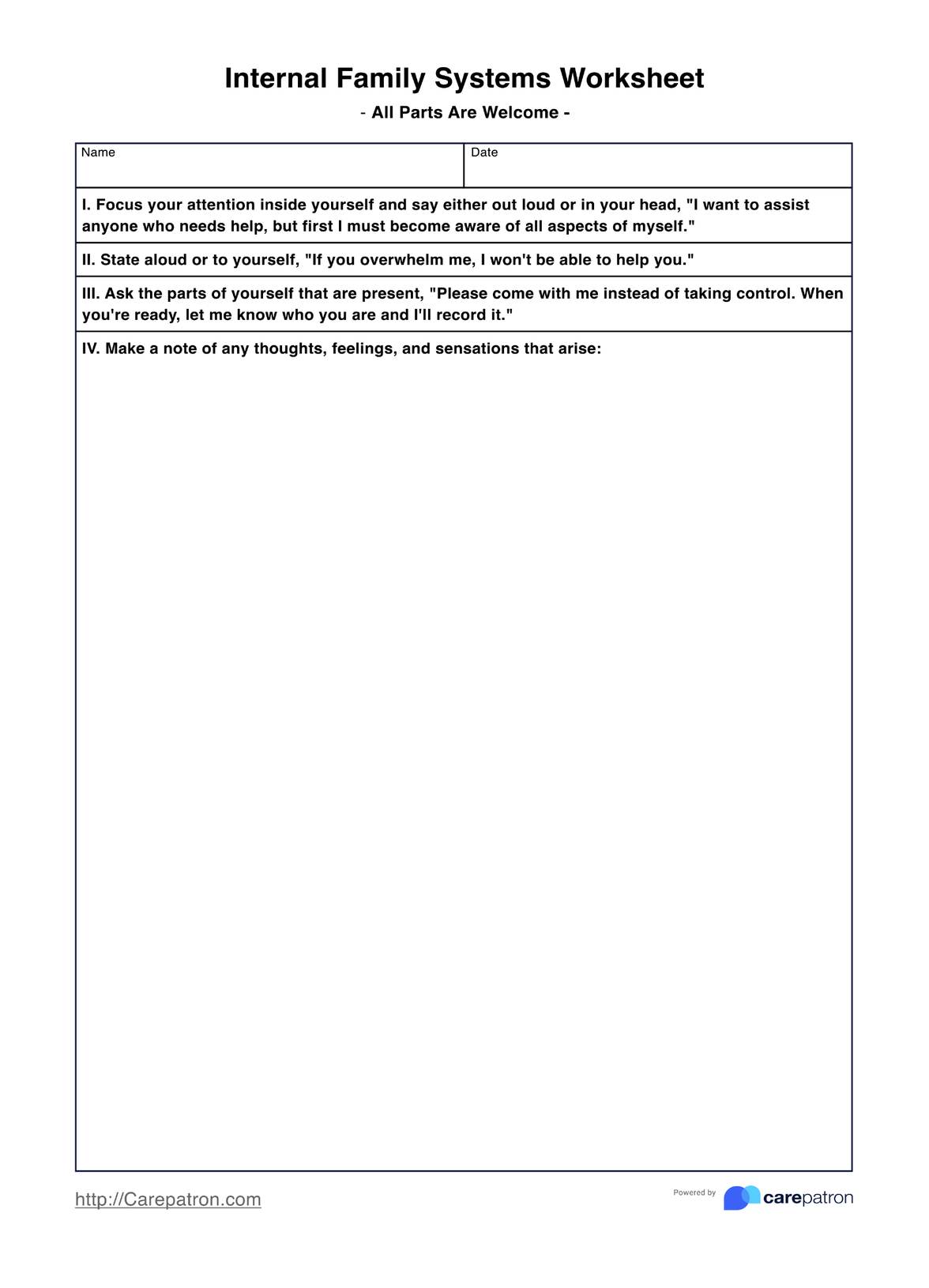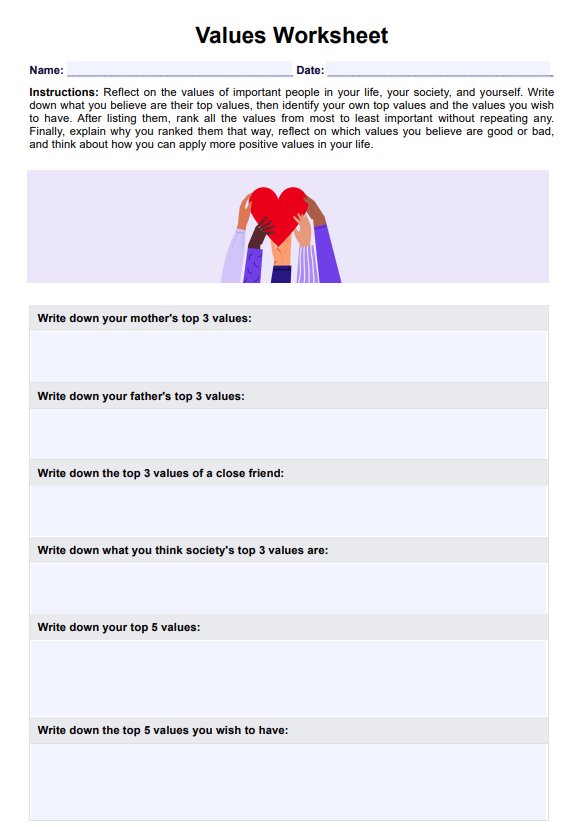Social Interaction Anxiety Scale
Access the Social Interaction Anxiety Scale to help diagnose and support clients experiencing social anxiety. Download a free PDF copy here.


What is social anxiety?
Social anxiety represents a persistent and overwhelming fear of social situations. This is characterized by the intense worry of being judged, negatively evaluated, or rejected in a social or performance situation. As one of the most common types of anxiety disorders, social anxiety extends beyond common feelings of nervousness. It involves severe fear that it interferes with daily activities, work or school performance, and relationships.
At the heart of social anxiety is the fear of scrutiny. Here, an individual may worry that others will negatively judge their actions, words, or even appearance. This fear is not only confined to large gatherings or public speaking scenarios but can also be triggered by everyday interactions, such as eating in front of others, making small talk, or using a public restroom.
The dread of embarrassment or humiliation can be so significant that individuals may avoid social situations altogether, leading to significant isolation and deeply affecting one's quality of life.
If you are looking for alternatives to the SIAS, the Liebowitz Social Anxiety Scale and Social Phobia Inventory are adjacent measures that use different methods to assess an individual's experiences with social anxiety.
You can also use this clinical interview template to optimize your assessment procedures and enhance the quality of patient evaluations. It offers a structured format for conducting detailed interviews, which supports more accurate and efficient patient care.
Social Interaction Anxiety Scale Template
Social Interaction Anxiety Scale Example
How is social anxiety diagnosed?
As healthcare practitioners dedicated to understanding and treating social anxiety and other potential anxiety disorders, it is important to have a clear and systematic approach to diagnosis. The following tools are commonly used to diagnose social anxiety:
Diagnostic criteria
The diagnostic assessment for social anxiety disorder typically begins with a thorough clinical interview using the criteria outlined in the Diagnostic and Statistical Manual of Mental Disorders (DSM-5).
Social Interaction Anxiety Scale (SIAS)
One of the primary tools important to consider is social anxiety scales. One of the most commonly used is the Social Interaction Anxiety Scale (SIAS). This self-report questionnaire consists of 20 items designed to assess anxiety during general social interactions, focusing on the fear of being scrutinized by others.
Social Phobia Scale (SPS)
The Social Phobia Scale (SPS) is an essential tool in the assessment and diagnosis of Social Anxiety Disorder, serving as a companion measure to the Social Interaction Anxiety Scale (SIAS). This offers a broad overview of the severity and scope of social anxiety symptoms, covering both interactional and observational fears. This dual-scale approach allows for a comprehensive assessment and distinguishing between social anxiety and performance anxiety.
Structured clinical interviews
Structured clinical interviews such as the Anxiety and Related Disorders Interview Schedule for DSM-5 (ADIS-5) offer a systematic method for diagnosing social anxiety disorder and distinguishing it from other anxiety disorders. These interviews delve into the patient's symptoms, history, and disorder severity, providing a comprehensive diagnostic profile.
What is the Social Interaction Anxiety Scale?
A key instrument in diagnosing social anxiety disorder is undoubtedly the Social Interaction Anxiety Scale (SIAS). The Social Interaction Anxiety Scale is a self-administered questionnaire designed to measure social anxiety. It helps in identifying and assessing the severity of social phobia among individuals who experience anxiety regarding social interactions. Developed by Mattick and Clarke in 1998, the SIAS has since emerged as a global benchmark for assessing this specific aspect of social anxiety disorder.
How to use the Social Interaction Anxiety Scale:
The use of psychological tools like the Social Interaction Anxiety Scale (SIAS) is crucial in determining the degree of anxiety in social interactions. Here's a step-by-step guide on how to use the SIAS effectively:
Step 1: Preparation for SIAS administration
Before administering the SIAS, ensure that the test taker understands the purpose of the questionnaire. Explain that the SIAS assists in understanding the individual's feelings, fears, and anxieties in social situations.
Step 2: Administration of the SIAS
The SIAS can be administered in person or through digital modes. The individual will read each statement and respond on a scale from 0 (not at all characteristic or true of me) to 4 (extremely characteristic or true of me).
Step 3: Scoring the SIAS
Once the individual completes the SIAS, the next step is the scoring process. Each item is scored on a scale from 0 to 4, and the total score is obtained by adding up the scores of all 20 items. Higher scores indicate more significant levels of social phobia.
Step 4: Using SIAS in treatment monitoring
The SIAS not only aids in diagnosing social anxiety disorder but also serves as a valuable tool to monitor treatment progress.
Furthermore, other psychological assessment measures, such as the Negative Evaluation Scale or the Social Phobia Scale (SPS), can be used alongside SIAS for more accurate insights. This can help adjust treatment strategies and enhance therapeutic outcomes.
How do you interpret the results of this scale?
The SIAS comprises 20 items, each rated on a scale from 0 (Not at all characteristic or true of me) to 4 (Extremely characteristic or true of me), leading to a total possible score range from 0 to 80. Higher scores indicate more significant levels of social interaction anxiety.
Peters (2000) set the cut-off score at 36. If the test taker scores 36 or above, this could suggest a possible diagnosis of social anxiety. Moreover, a score of 43 or higher suggests typical social anxiety, characterized by generalized irrational fears in various social settings, leading to avoidance and impairment.
Commonly asked questions
Social anxiety can affect anyone, regardless of age, gender, or socioeconomic status. It typically starts during adolescence and, without treatment, can persist into adulthood. Risk factors include family history and environmental factors such as bullying or trauma.
Encourage them to seek help from a mental health professional. Be supportive, patient, and understanding. Avoid forcing them into social situations that may make them uncomfortable. Instead, offer gentle encouragement and celebrate small steps toward progress.
Yes, self-help strategies can be effective in managing symptoms. These include lifestyle changes such as regular physical exercise, maintaining a healthy diet, regulating sleep patterns, practicing mindfulness, and engaging in positive self-talk.


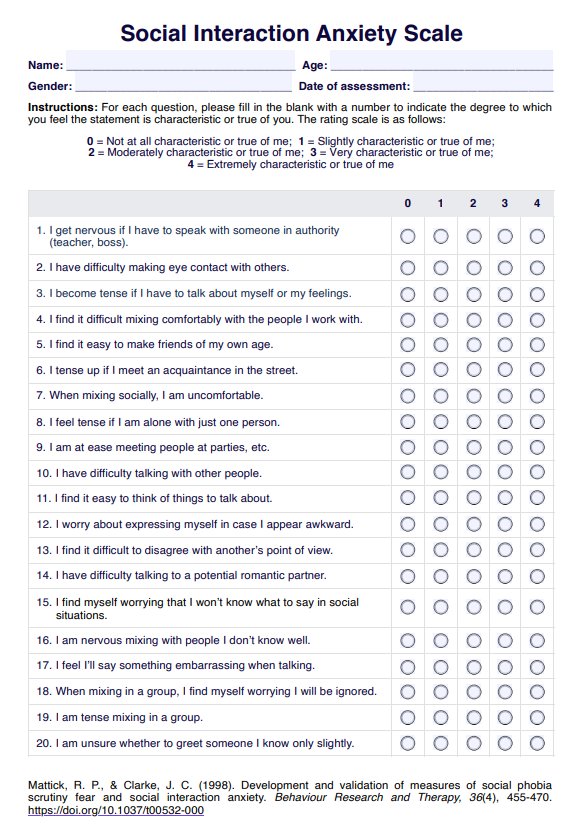
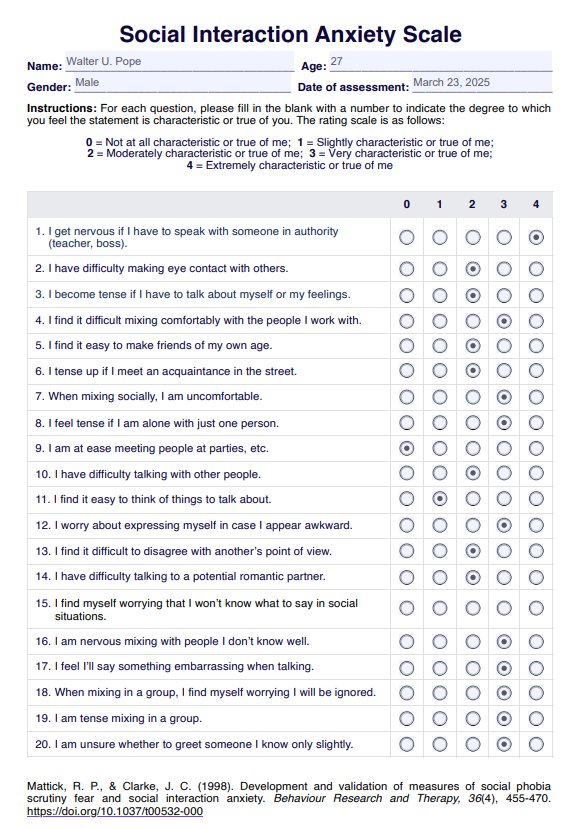
















-template.jpg)




















































































